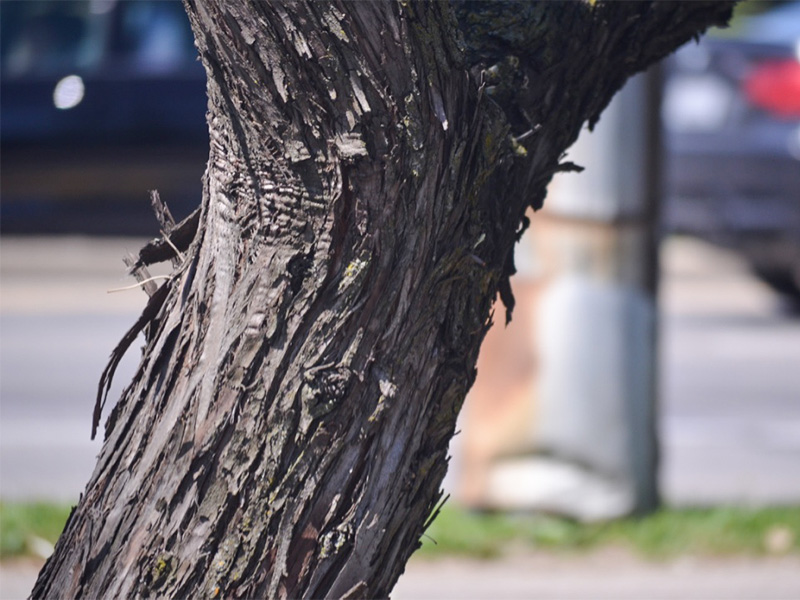| ID Characteristic | Silver foliage, fragrant flowers and small olive-like silver fruit. |
| Shape | Rounded and broad spreading. |
| Landscape | Hedges and border planting. |
| Propagation | Seed and cuttings. |
| Cultivation | Full sun and partial-shade. Moist and well-drained soils. Prefers light, sandy loam soils. Drought and deer tolerant. |
| Pests | Leaf spot, cankers, rust, Verticillium wilt and crown gall. |
| Notable Specimens | Niagara Parks Botanical Gardens, Niagara Falls, Ontario, Canada.
Masonville, London, Ontario, Canada. |
| Habitat | Marshlands, rivers and wetlands. |
| Bark/Stem Description | Consistently ridged and polated. |
| Flower/Leaf Bud Description | Small, solitary, sessile and round with exposed scales. |
| Leaf Description | Alternate, simple, oblong-lanceolate and 2.5 - 7.5 cm long |
| Flower Description | Perfect, apetalous, calyx tube campanulate with 4 spreading lobes, 0.5 cm long and fragrant. |
| Fruit Description | Drupe-like and 1 cm long. The flesh is sweet. Blooms August to September. |
| Colour Description | The bark is dark greyish-black. The buds are greyish-brown with silvery scales. The flowers have a silvery outer surface with a yellow inner surface. |
| Texture Description | The leaves have a fine texture. The bark has a fine to medium texture. |

